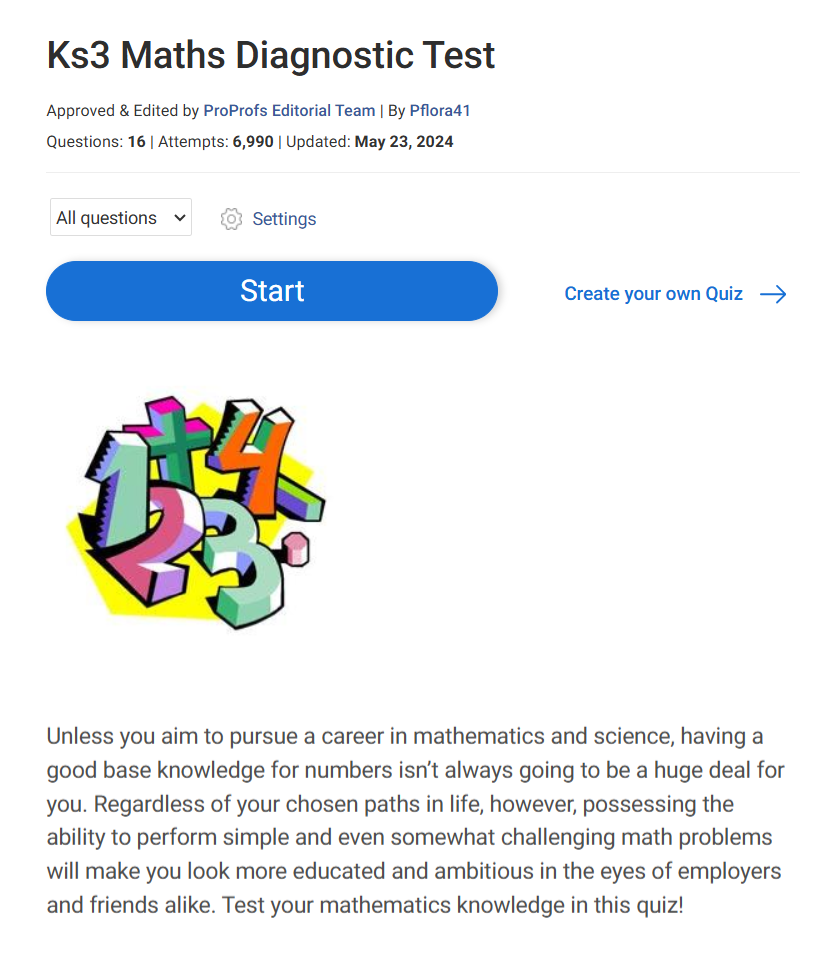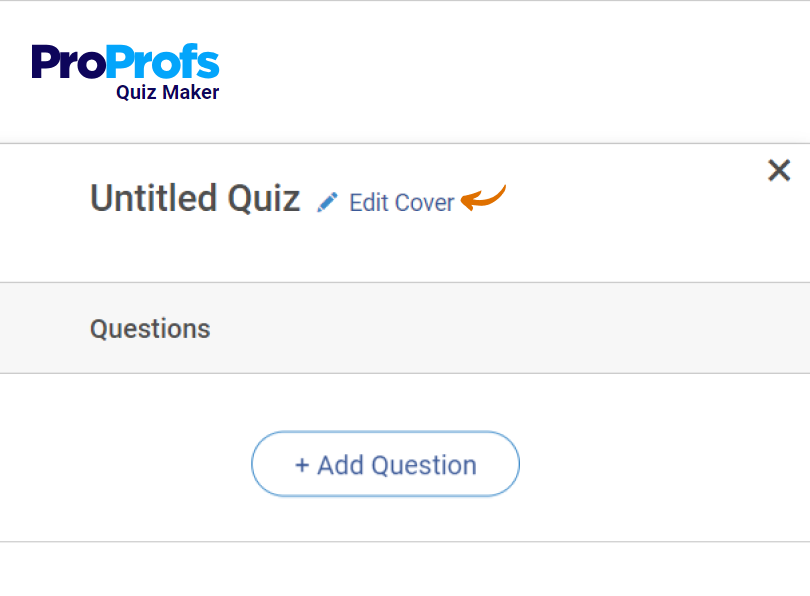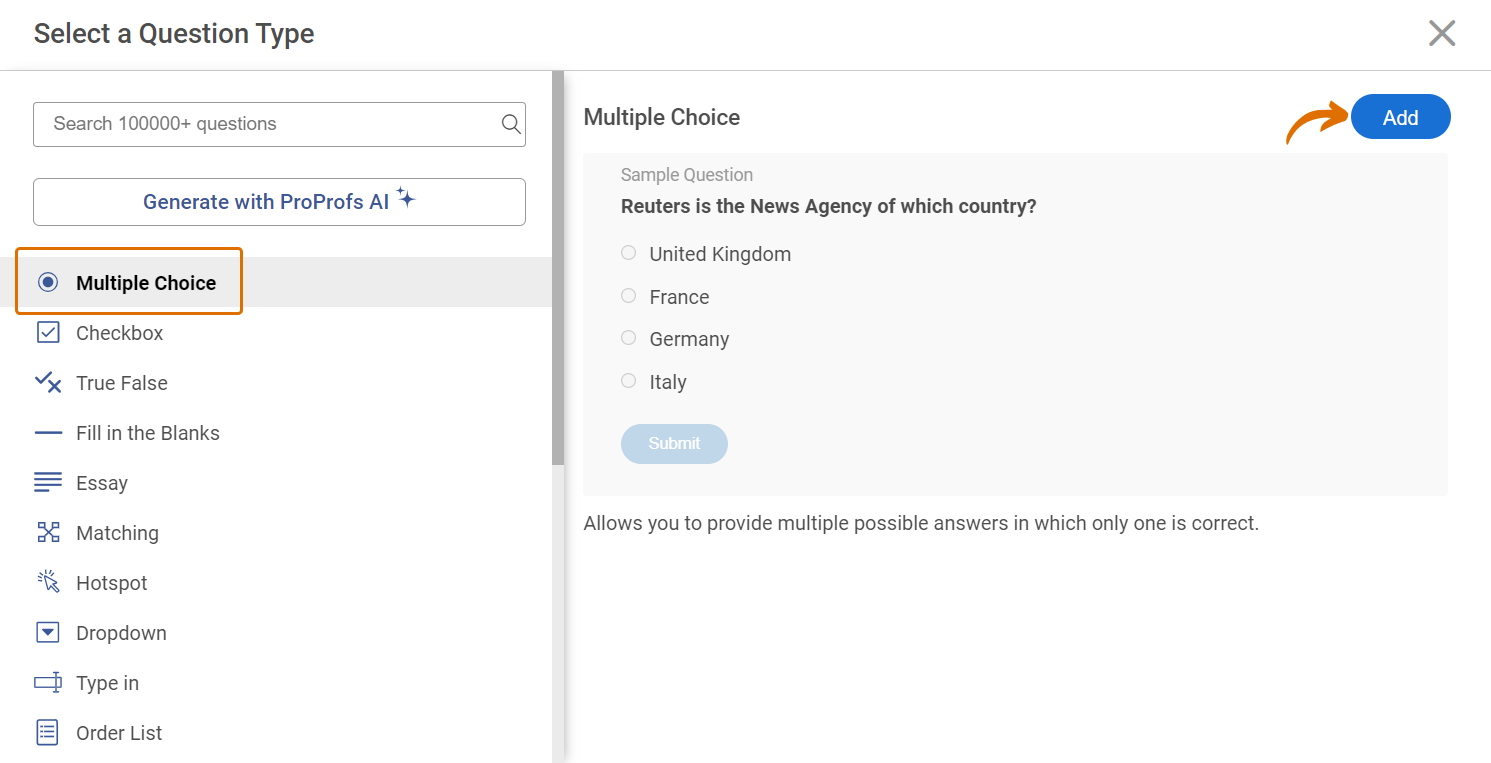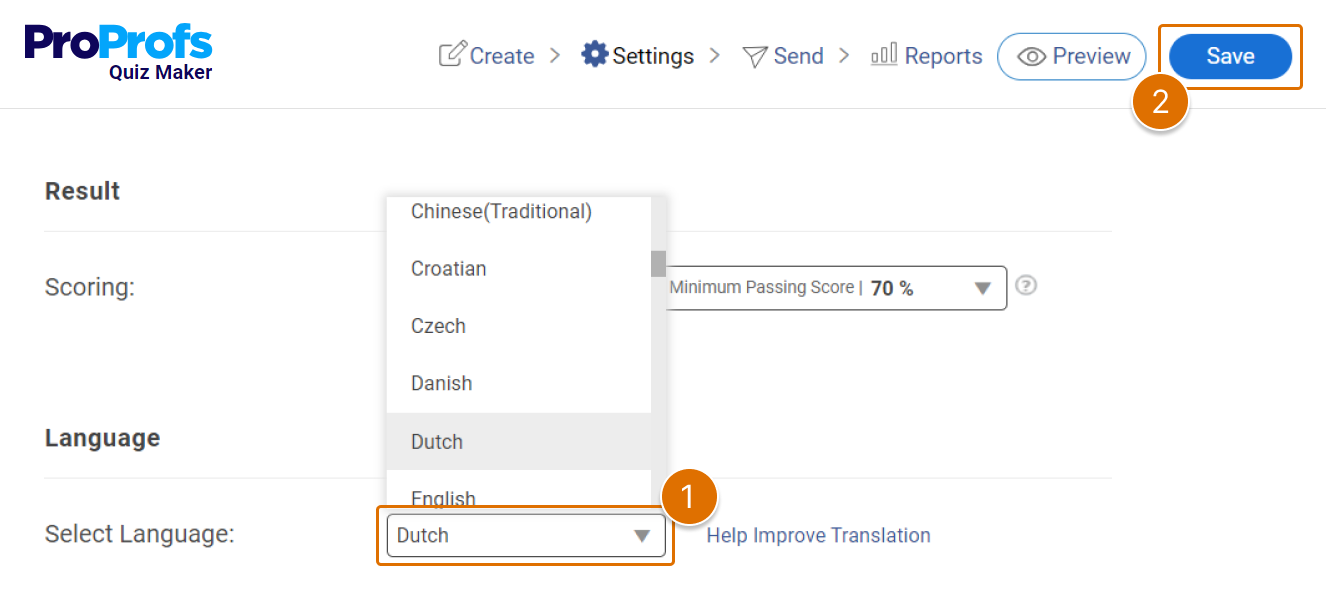Why do some students grasp new ideas quickly while others face challenges? It’s not always about their ability or the material being taught. Often, it’s about understanding where each student is starting from.
That’s where diagnostic assessments come in. Think of them as a learning GPS. They show teachers exactly where students are so they can guide them on the best path forward.
In this blog post, we’ll explore everything you need to know about diagnostic assessments. From what they are to why they matter, we’ll show how they can transform teaching and learning.
Let’s begin!
What Is Diagnostic Assessment?

Diagnostic assessment serves as a crucial tool in education, utilized before embarking on new lessons or units. It captures a clear picture of students’ existing knowledge and areas of uncertainty regarding a subject.
This process goes beyond mere grading to deeply understanding students’ initial knowledge levels. With this valuable insight, educators are empowered to tailor their teaching strategies to specifically address the unique needs and knowledge gaps of their students, thereby significantly enhancing the effectiveness of learning from the very beginning.
Such assessments often take the form of pre-tests, skills checklists, and introductory surveys, each aimed at crafting a customized learning journey for every student.
What Is the Purpose of Educational Diagnostic Assessment?
The main goal of educational diagnostic assessment is to guide educators in creating a personalized learning experience. By identifying students’ knowledge base and uncovering any learning gaps at the outset, teachers can tailor their instruction to address these areas effectively.
This ensures that teaching strategies are not only targeted but also inclusive, catering to the diverse learning needs within a classroom.
Ultimately, diagnostic assessments aim to enhance student engagement, improve learning outcomes, and make the educational process more efficient by focusing on areas that require the most attention.
Types of Diagnostic Assessment
Diagnostic assessments come in various forms, each designed to uncover specific learning needs and strengths.
- Formal Diagnostic Assessments: These are structured tests or evaluations designed to systematically measure students’ skills, knowledge, or competencies in a specific area.
They often come in the form of standardized tests with predetermined criteria and are used to identify learning needs, strengths, and areas for improvement.
- Informal Diagnostic Assessments: Unlike formal assessments, these are less structured and can be adapted by educators to fit the context of their classroom. Informal assessments include observations, discussions, and ungraded quizzes.
Informal assessments provide immediate feedback and insights into students’ learning processes, misconceptions, and individual learning needs.
- Peer Assessment: In peer assessments, students evaluate each other’s work or performance. This type can help students develop critical thinking and self-reflection skills, and it offers insights into how students understand and apply concepts in relation to their peers.
- Self-Assessment: This type involves students assessing their own understanding and skills. Through self-reflection activities such as surveys, journals, and checklists, students identify their own learning preferences, strengths, and areas that require more attention.
Essential Diagnostic Assessment Tools for Educators
You can pinpoint exactly where each of your student stands by using a diverse set of diagnostic tools. These tools offer a clear roadmap for personalized learning.
- Pre-Tests: These are administered before introducing new content to gauge the students’ prior knowledge and readiness. They enable educators to tailor their lessons to address the learning needs of their class effectively.
- Skills Checklists: Teachers use these to systematically assess and document each student’s proficiency in specific skills. This method helps in identifying areas where individual students or the class may need additional support or advanced challenges.
- Concept Maps: By creating visual representations of how concepts are related, students demonstrate their understanding and identify misconceptions. Educators can use these maps to adjust instruction and clarify misunderstandings.
- Introductory Surveys: These questionnaires gather insights into students’ interests and previous exposure to the topic, allowing teachers to make the curriculum more relevant and engaging. They can also highlight collective areas of interest or concern.
- KWL Charts: Students list what they Know, what they Want to find out, and what they Learned about a topic, promoting active engagement. This tool guides educators in focusing their teaching on filling knowledge gaps and expanding on students’ interests.
- Self-Assessment Forms: Students evaluate their own learning, identifying areas of strength and those needing improvement. This encourages self-reflection and responsibility for their learning journey.
- Peer Reviews: Students assess their peers’ work, providing feedback that can offer new perspectives and insights. This process encourages critical thinking and helps students learn from each other.
- Diagnostic Quizzes: Short quizzes assess students’ grasp of specific concepts, providing a quick check on understanding. Results from these quizzes inform teachers about topics that may require more detailed instruction or review.
Watch: How to Create an Online Quiz in Under 5 Mins
 Tips
Tips
We’d love to hear your tips & suggestions on this article!
FREE. All Features. FOREVER!
Try our Forever FREE account with all premium features!




 We'd love your feedback!
We'd love your feedback! Thanks for your feedback!
Thanks for your feedback!






